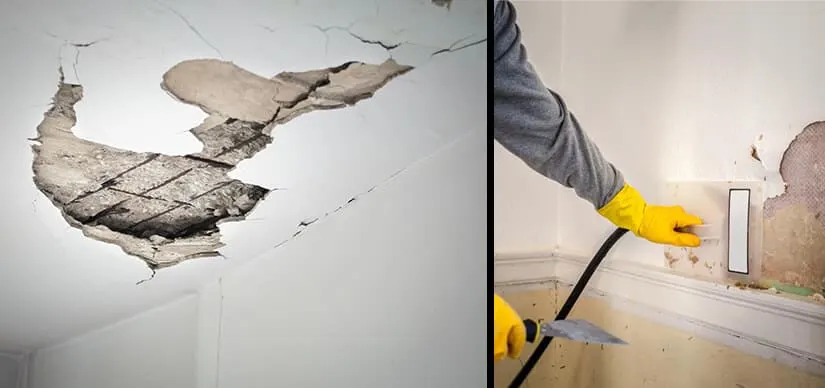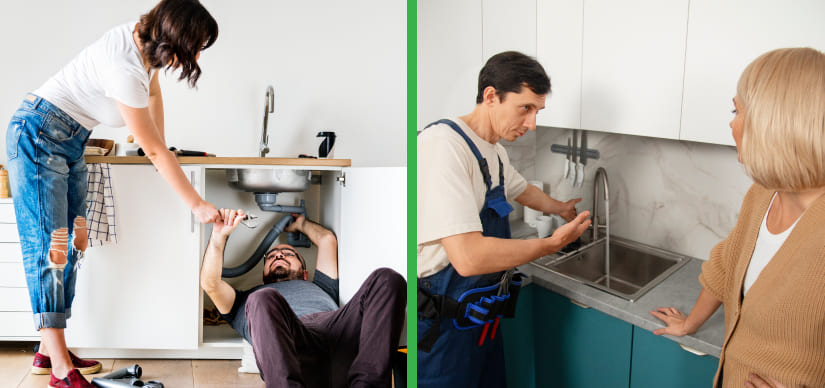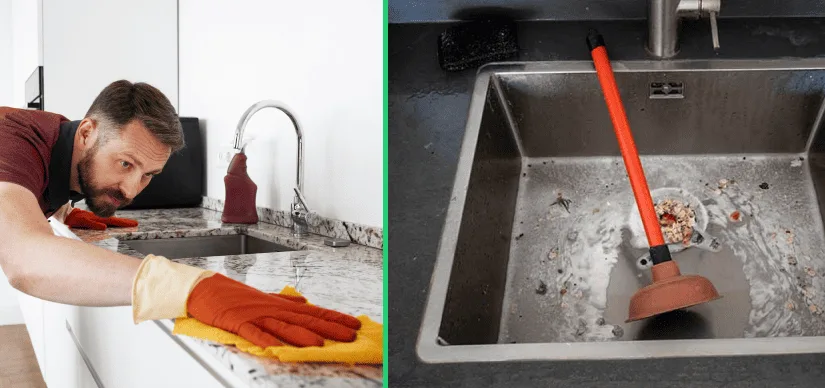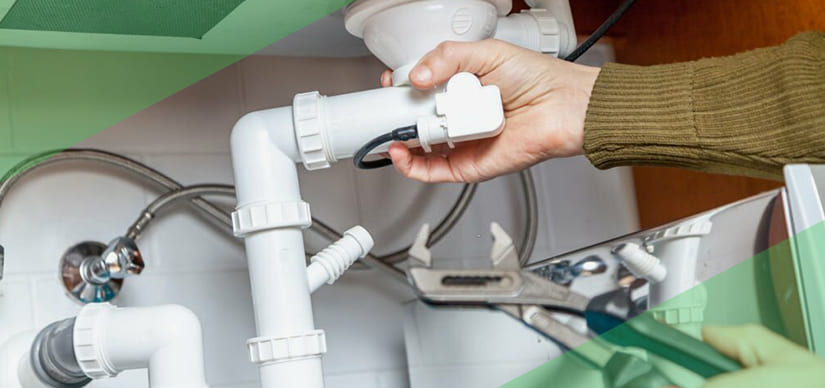Common Myths About Hot Water Recirculation Pumps Debunked
Views : 312
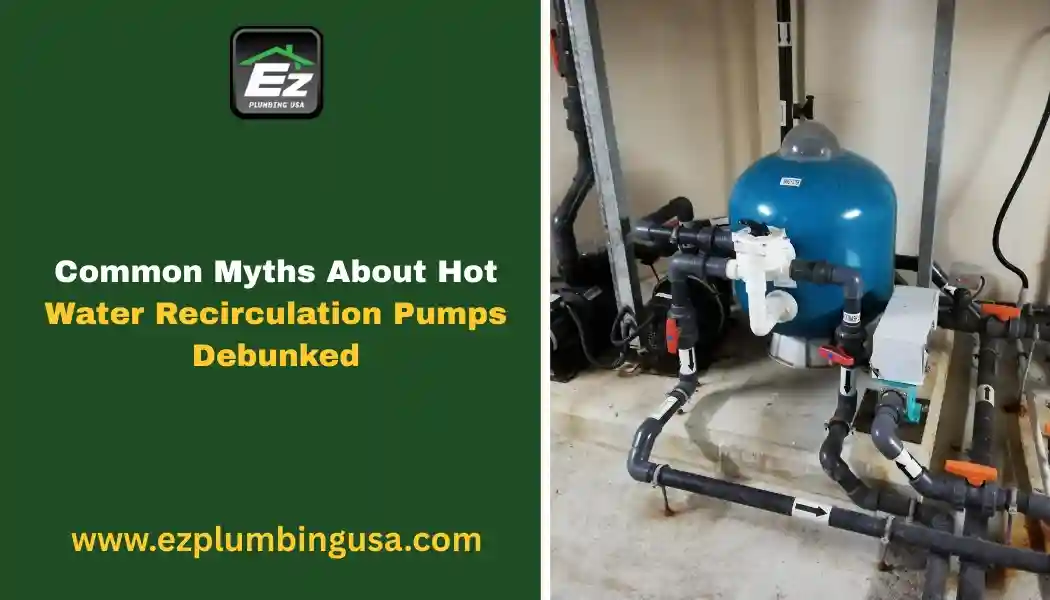
The Myth about Hot Water Recirculation Pumps Debunked
1. They Waste Energy
2. They're Costly to Install and Maintain
3. They Don't Cooperate with Tankless Water Heaters
4. They're Bad for Pipes
5. They Waste Too Much Water
How was the Water Recirculation Pump Work?
- Dedicated Return Line Systems – Suitable for new construction or complete remodels.
- Comfort Systems (Crossover Systems) – Ideal for retrofits, utilizing the cold water line to return the hot water.
Benefits You’ll Actually Notice
- No More Waiting for Hot Water – A major perk for families or early risers.
- Lower Water Bills – Reduced water usage translates to lower water bills, especially in areas with high utility prices.
- Eco-Friendly Option – Saving water prevents waste of valuable resources.
- Longer Life of Appliances – Lessens water heater wear and tear.
How to Know If It’s Right for You
What to Ask Your Plumber
- What type of plumbing recirculation system is best for my configuration?
- Will I require electrical work to be done on the pump?
- Is my existing water heater compatible?
- Can I utilize smart timers or sensors for greater control?
Conclusion
FAQs
Q1. Will a recirculation pump function in older homes?
Yes! Most modern systems can be retrofitted into older homes, even if there isn’t a dedicated return line for hot water.
Q2. Must a recirculation pump operate continuously throughout the day?
No. Many systems can be controlled by timers or motion sensors so they only run when hot water is needed, saving energy.
Q3. Is it complicated to install?
Not usually. Most systems, especially those designed without a return line, are quick and straightforward to install.
Q4. Can I self-install a pump?
Some kits are DIY-friendly. However, for optimal performance and to avoid installation mistakes, hiring a professional is recommended.
Q5. Does it impact water pressure?
No, properly installed recirculation pumps are designed to maintain your home’s normal water pressure.

